MGT 3209 INTERNATIONAL MANAGEMENT Fall 2014 Lecture

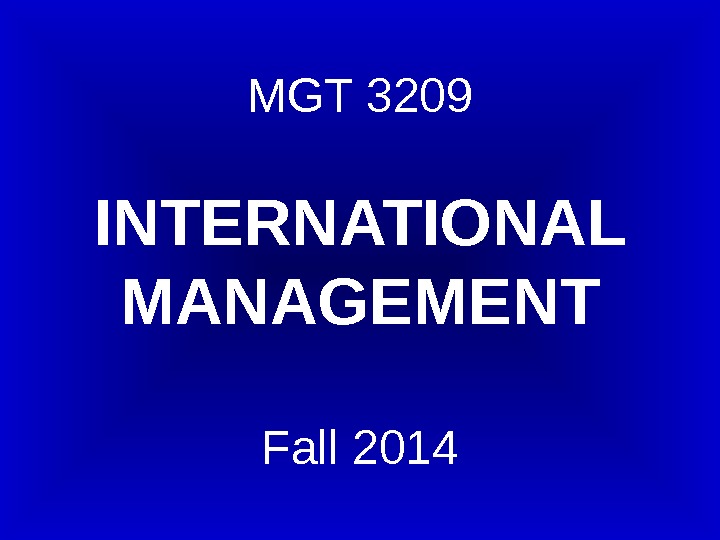
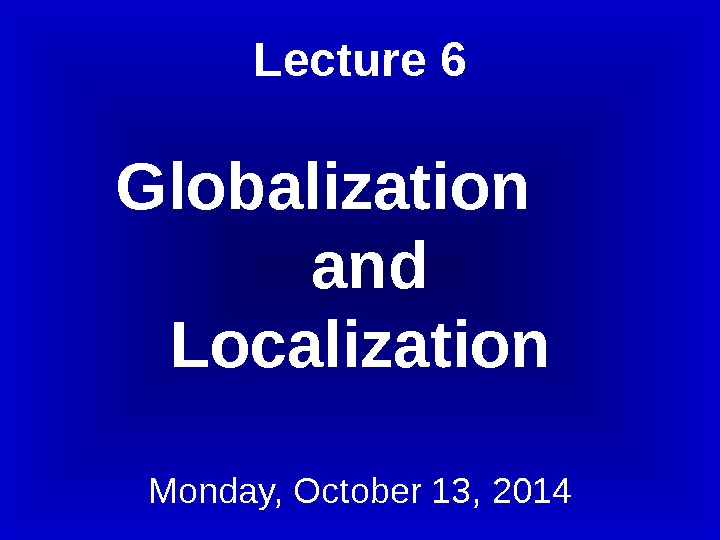
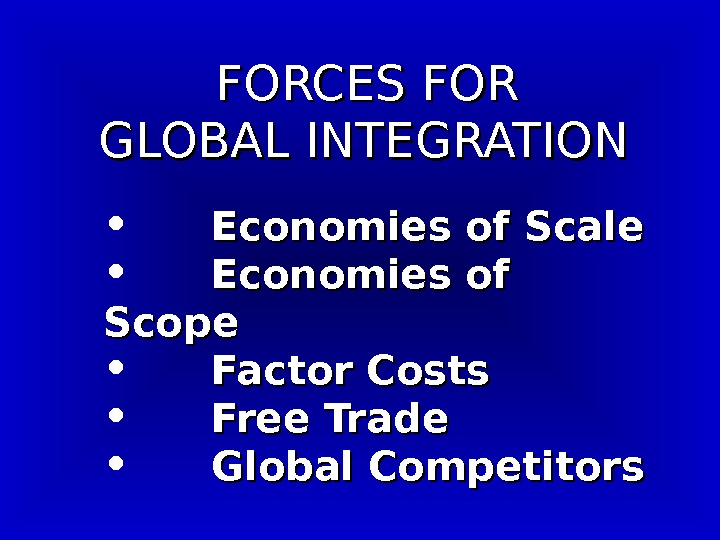
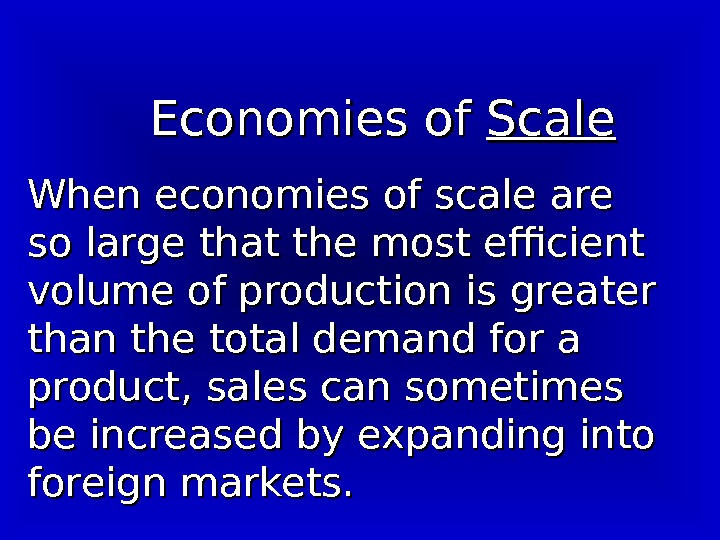
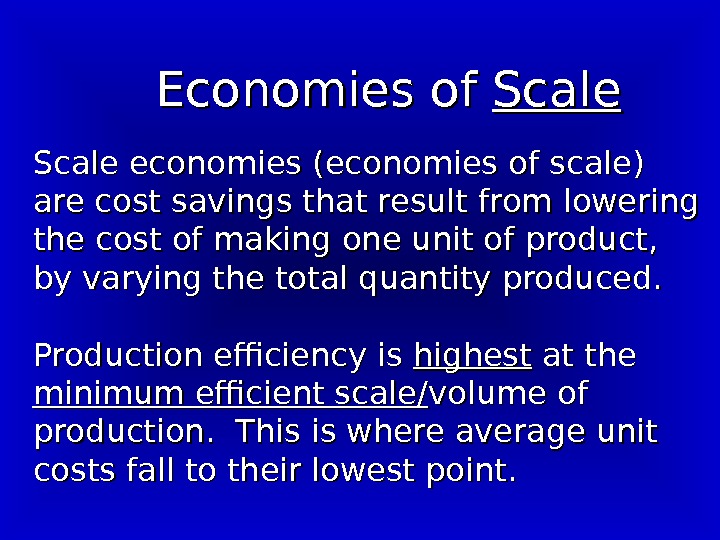
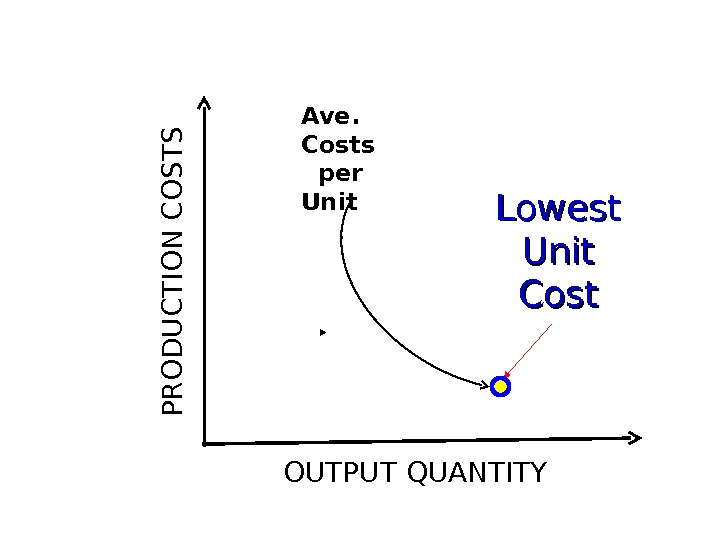
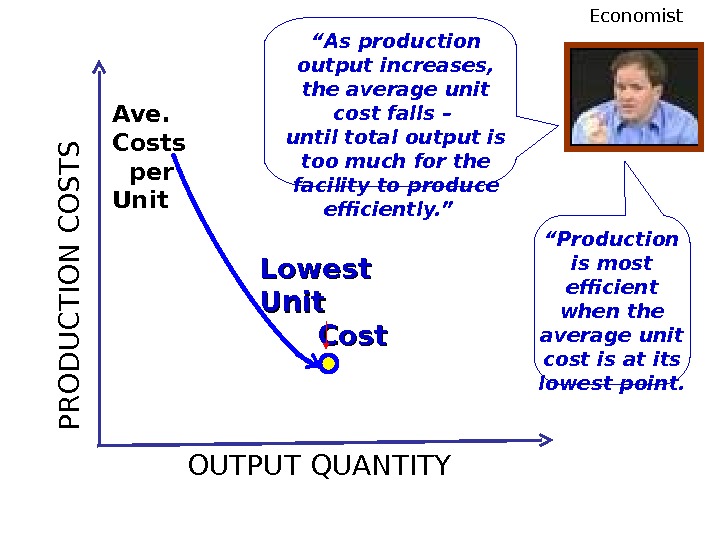
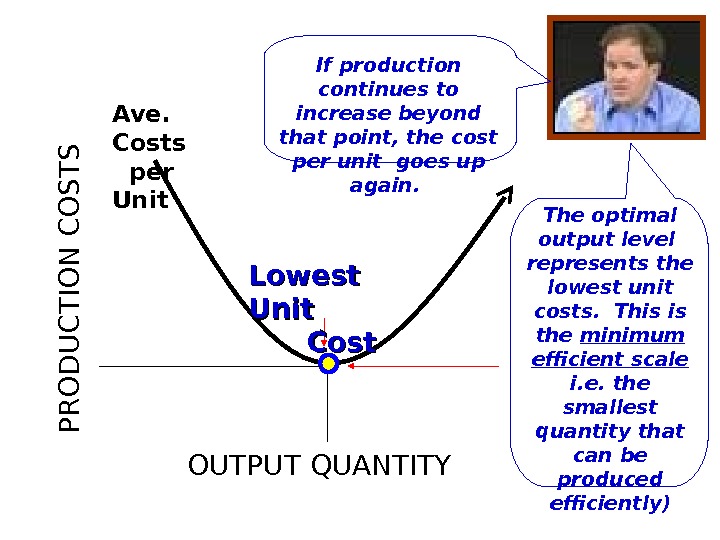
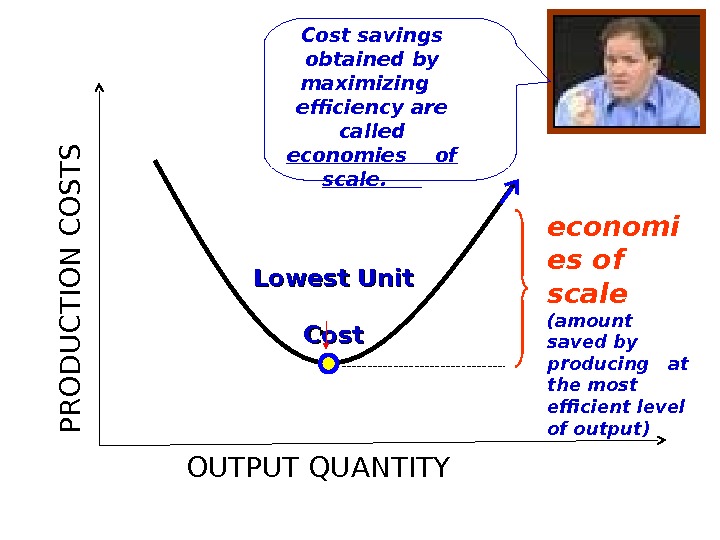
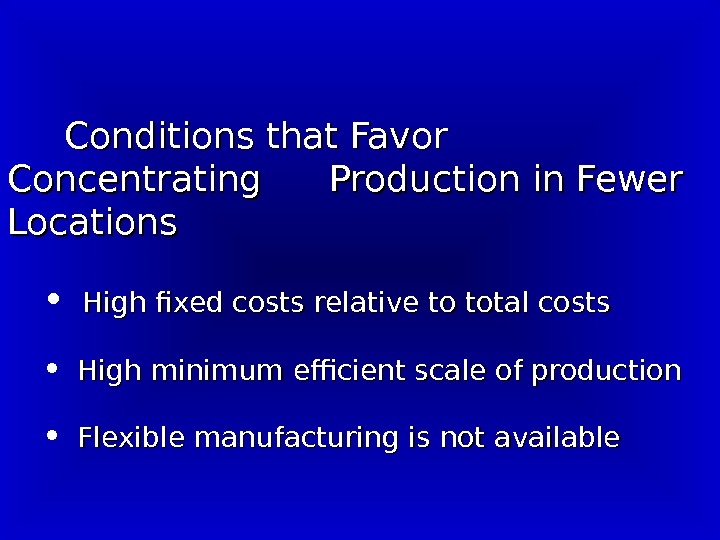
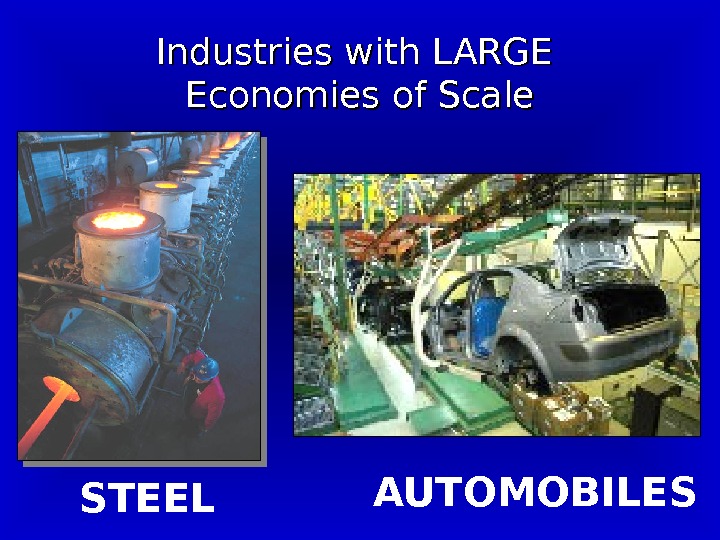
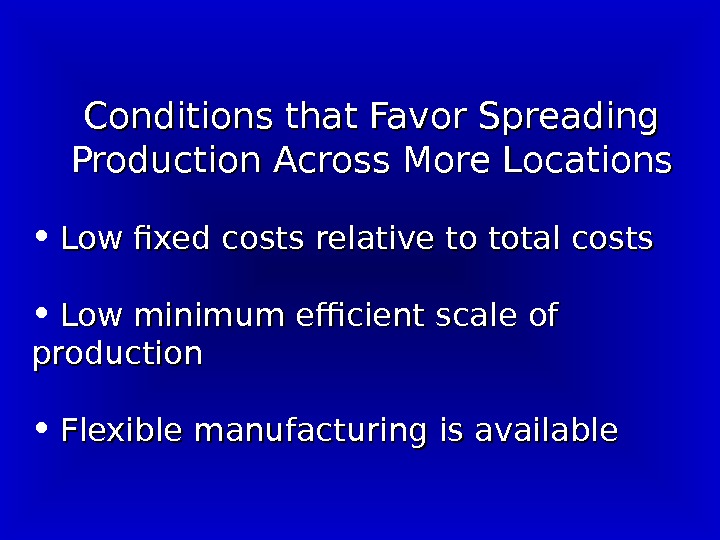

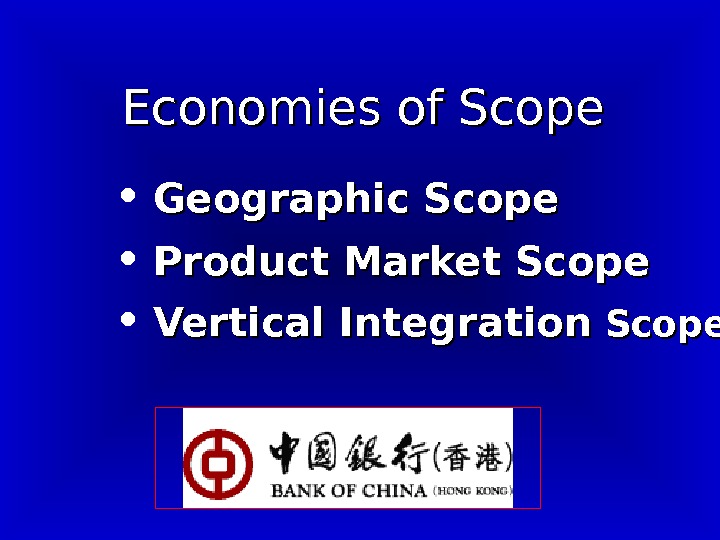

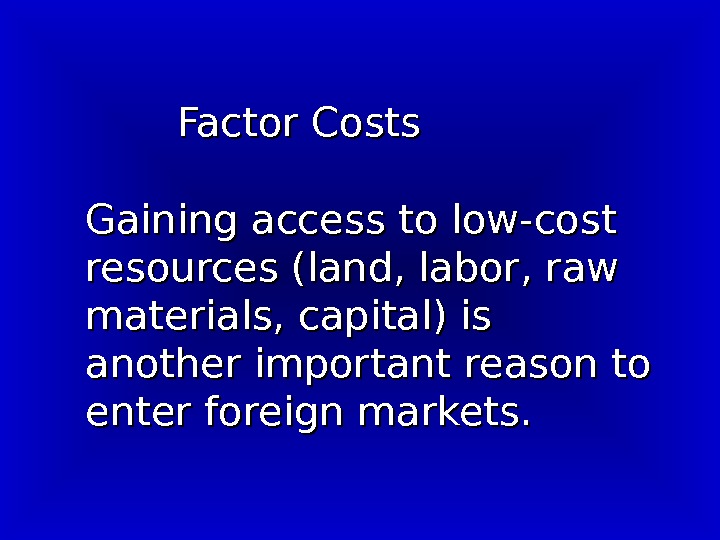
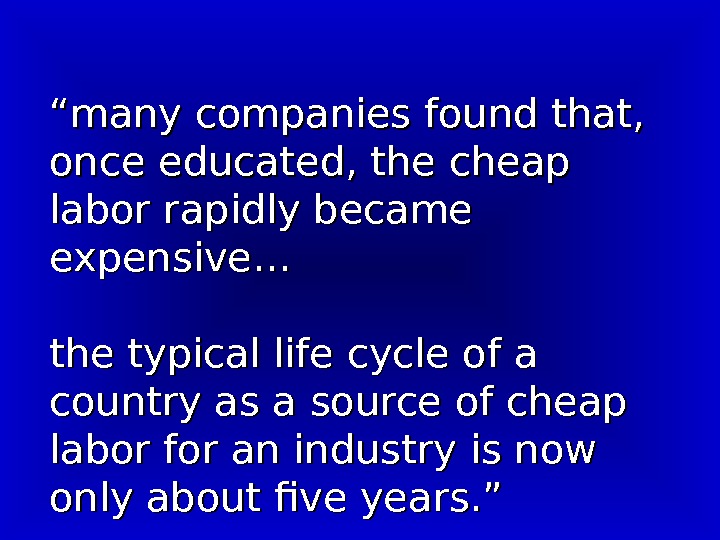
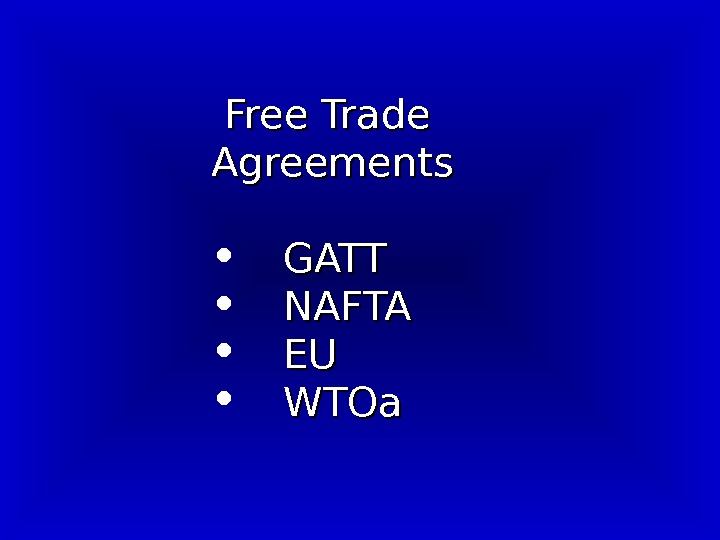
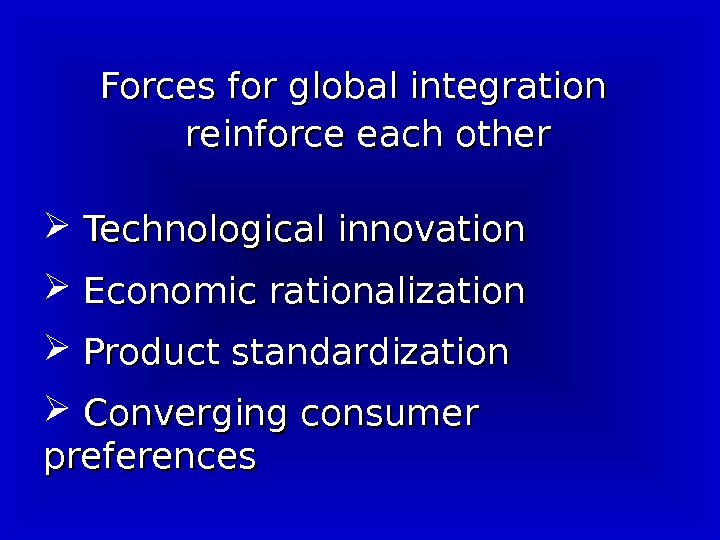
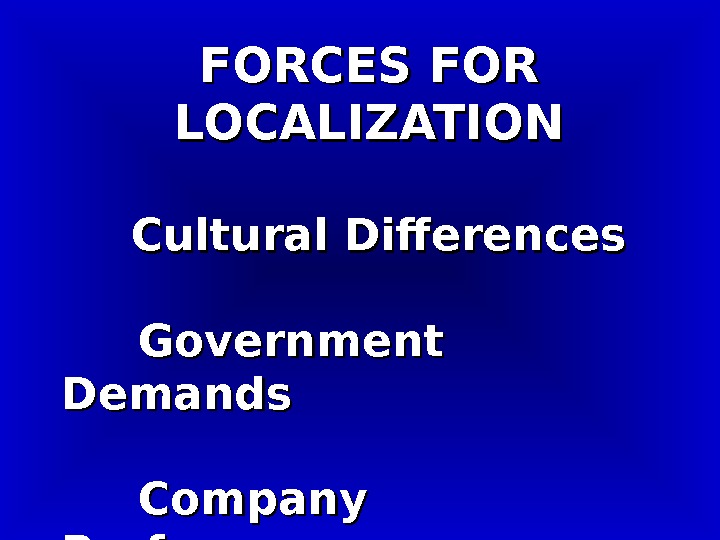


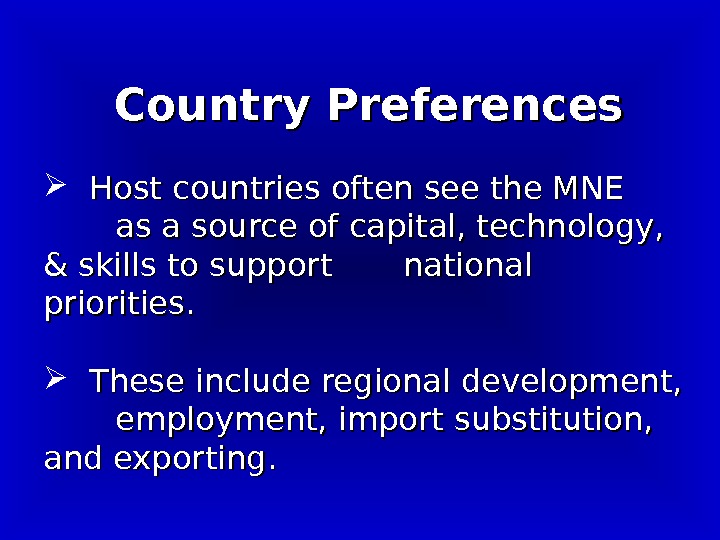
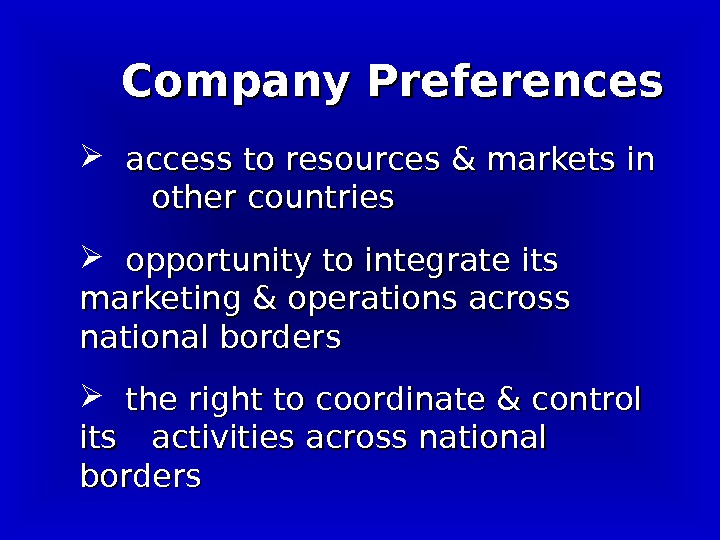
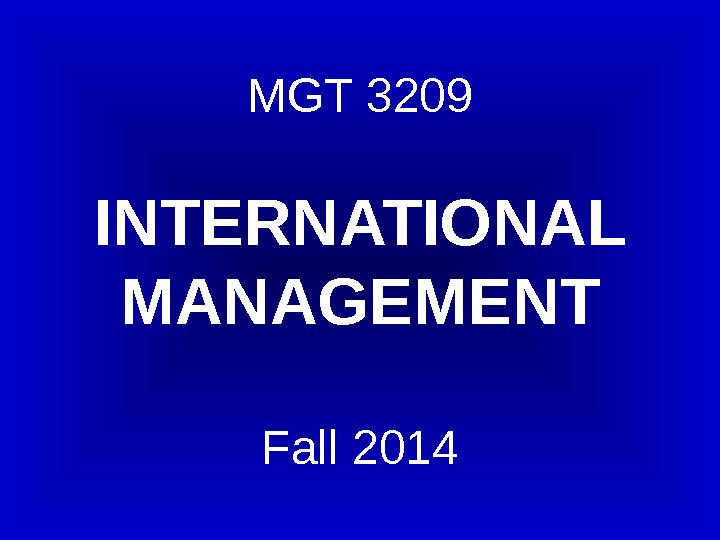
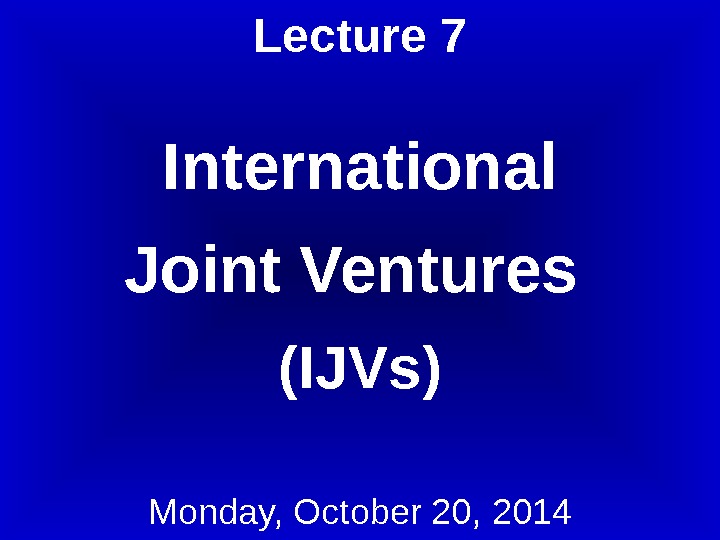


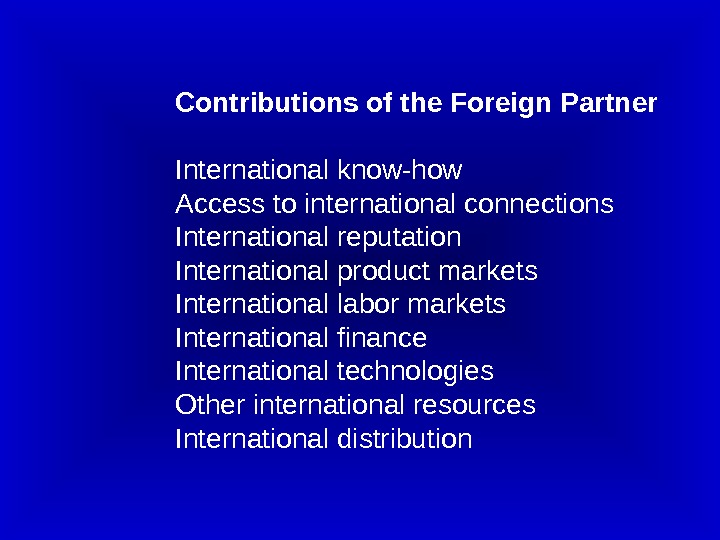
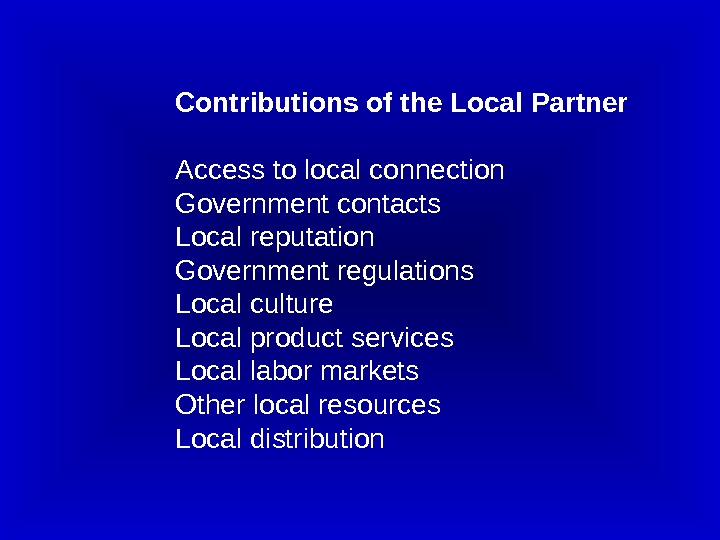

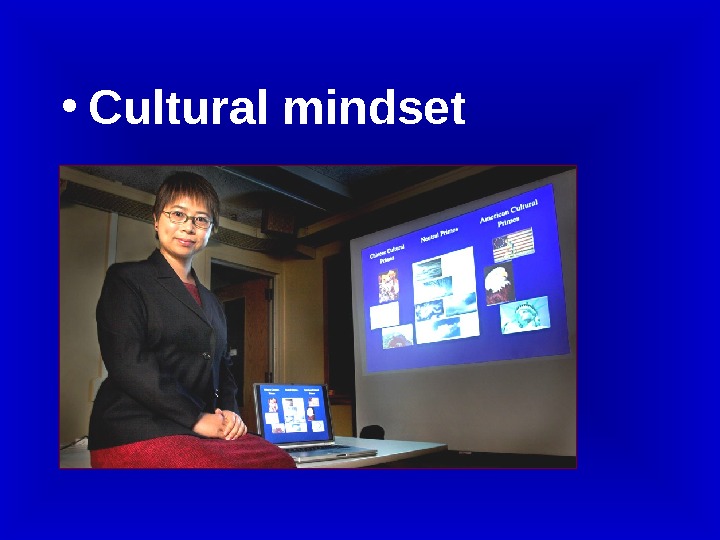


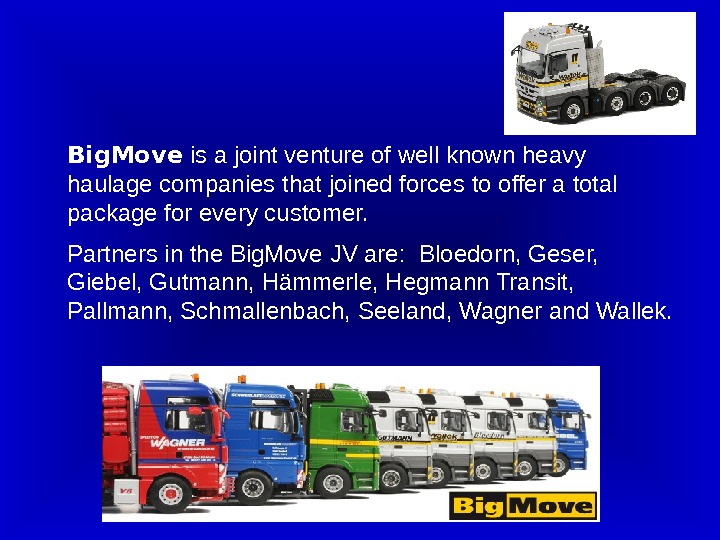
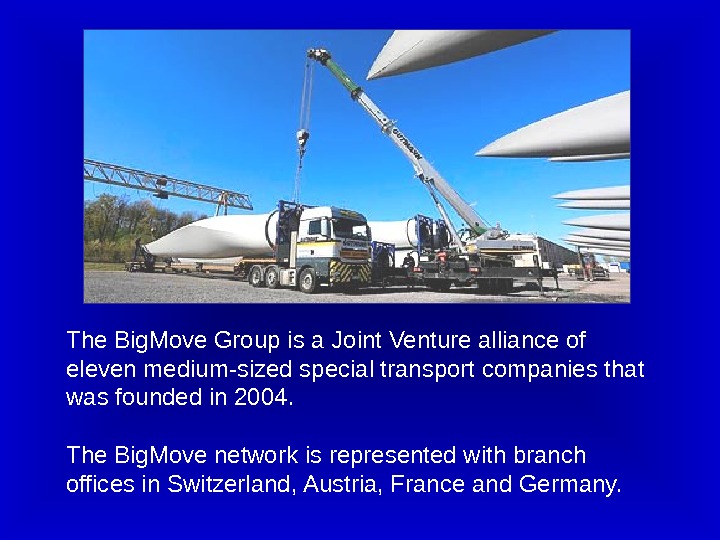
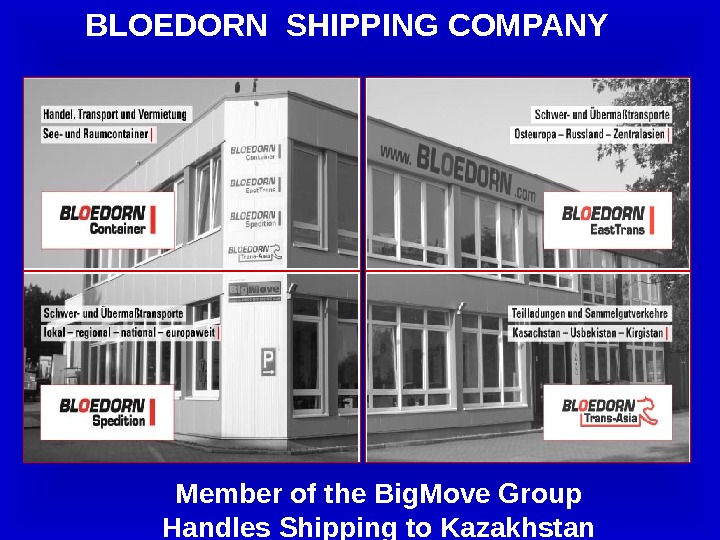
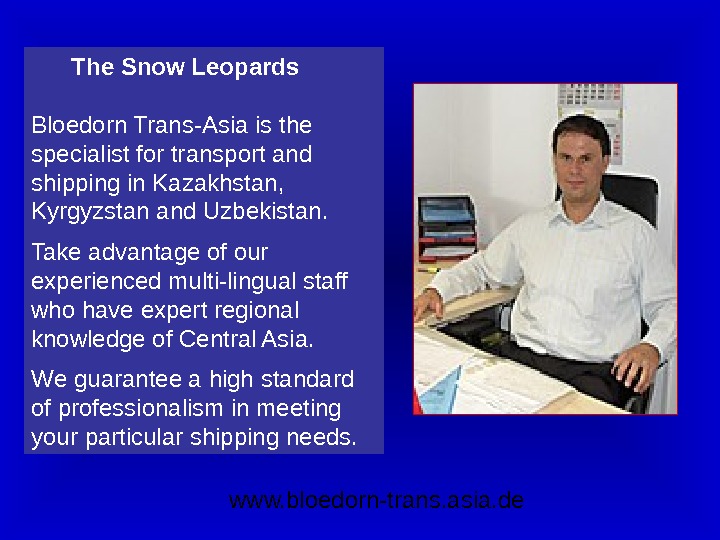
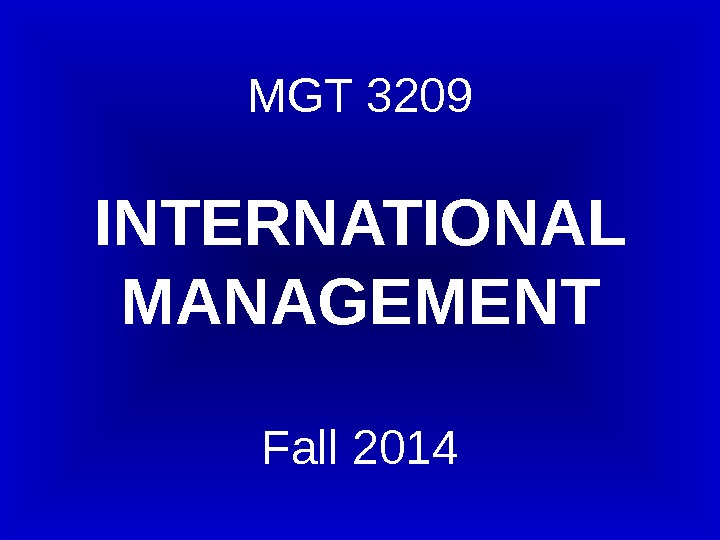
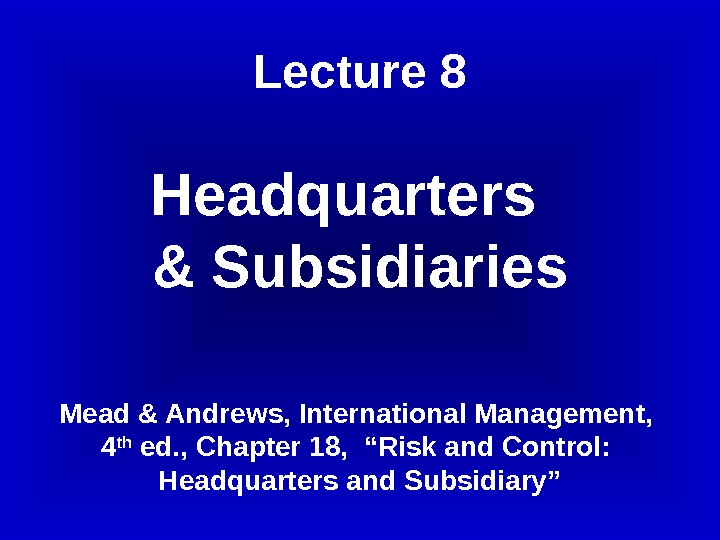
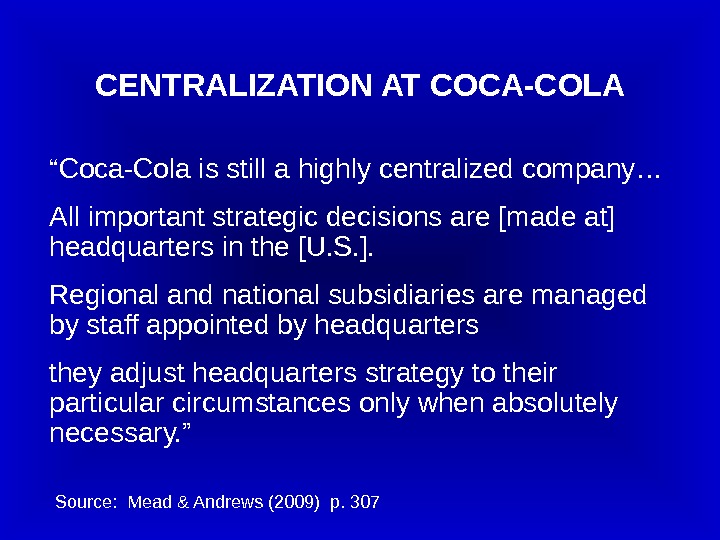


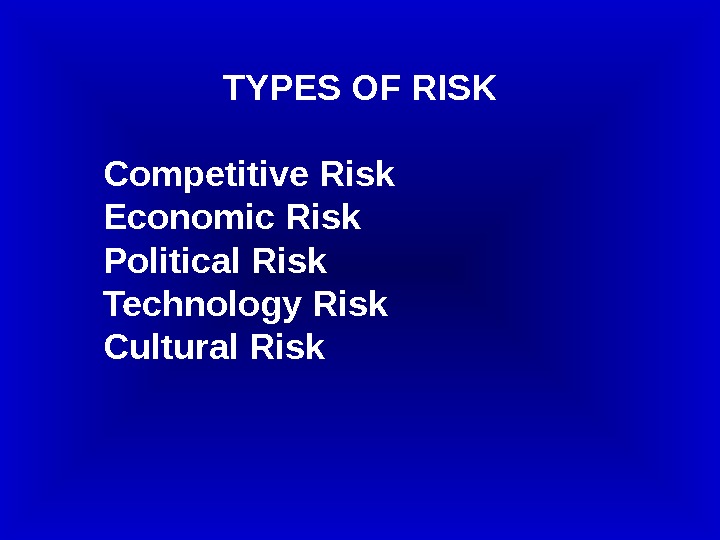
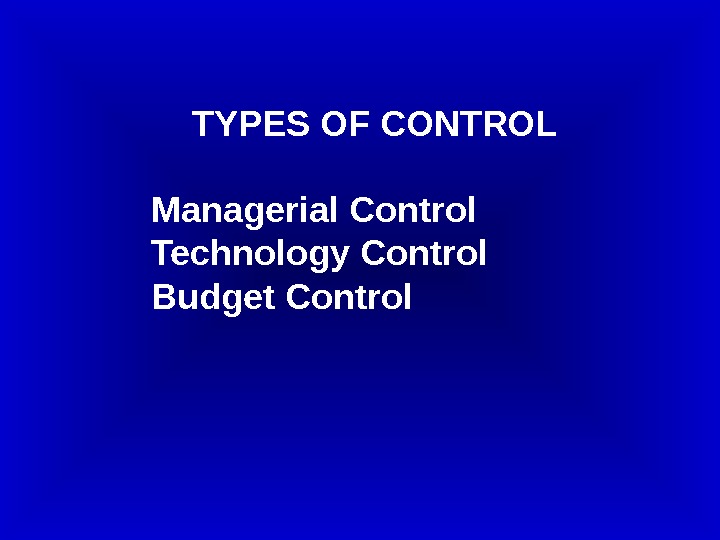
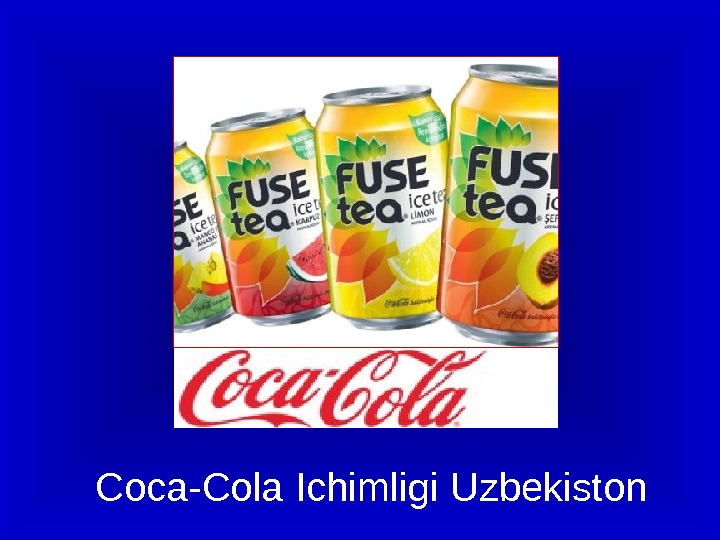
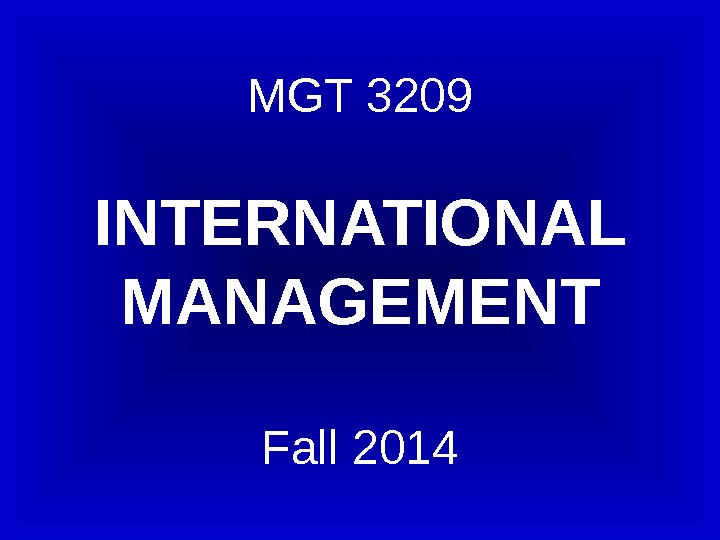
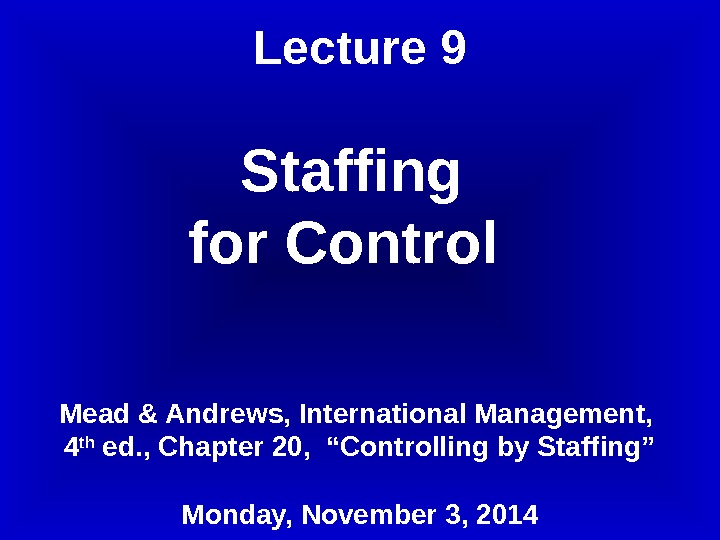
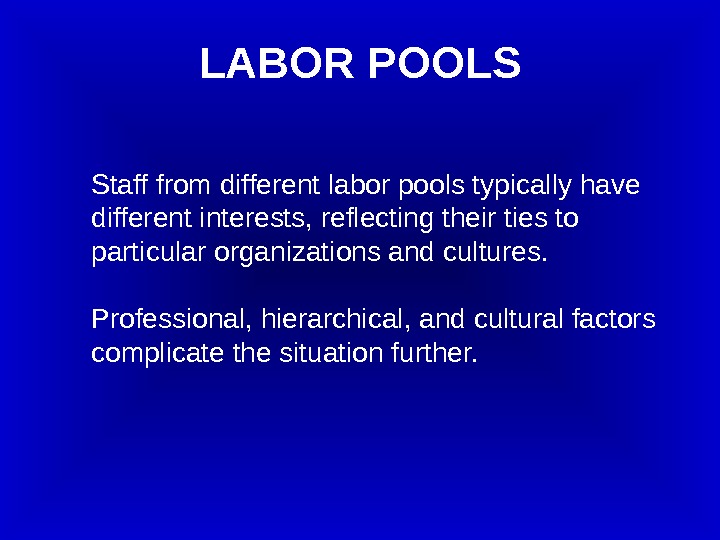
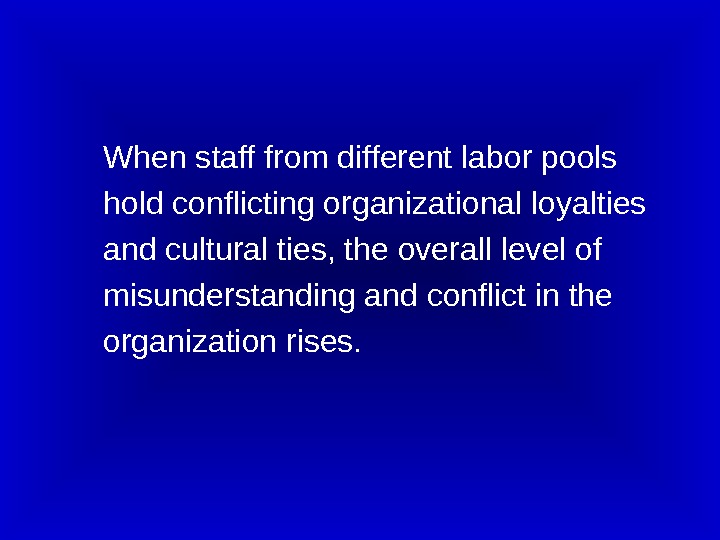

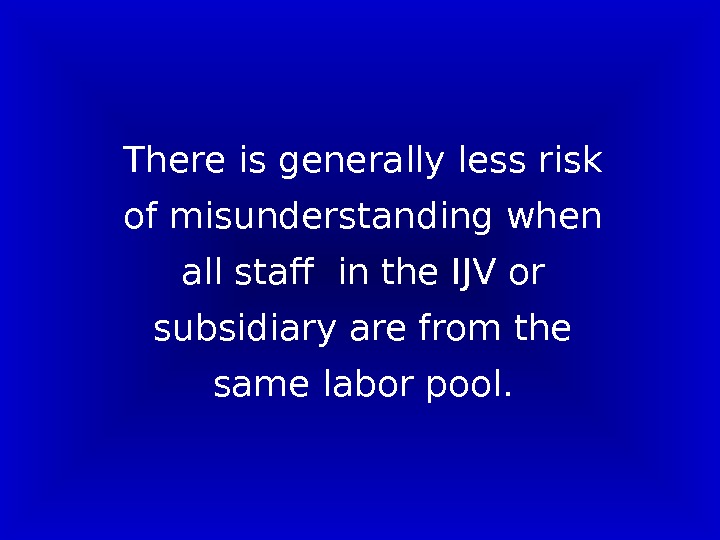
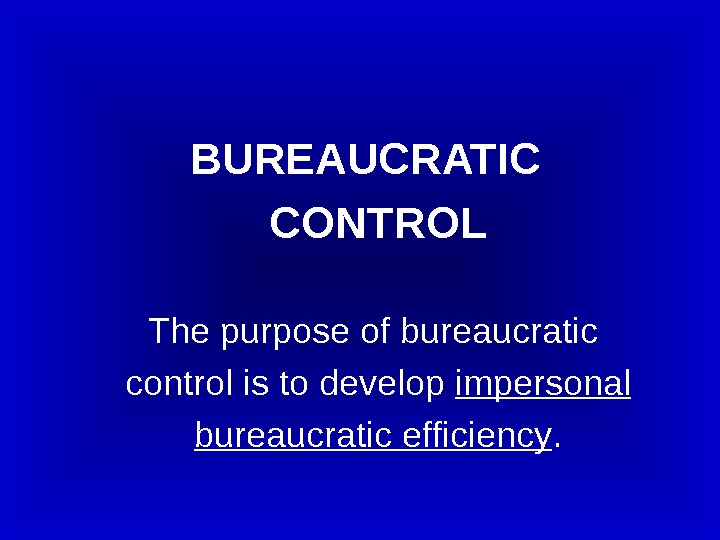
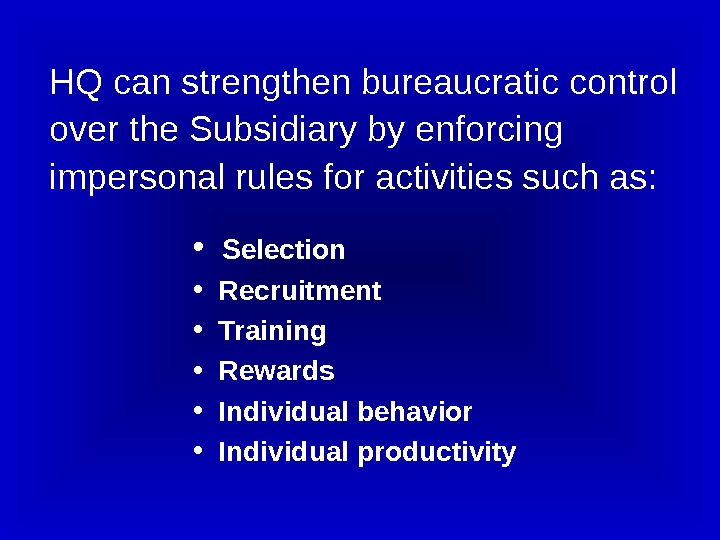
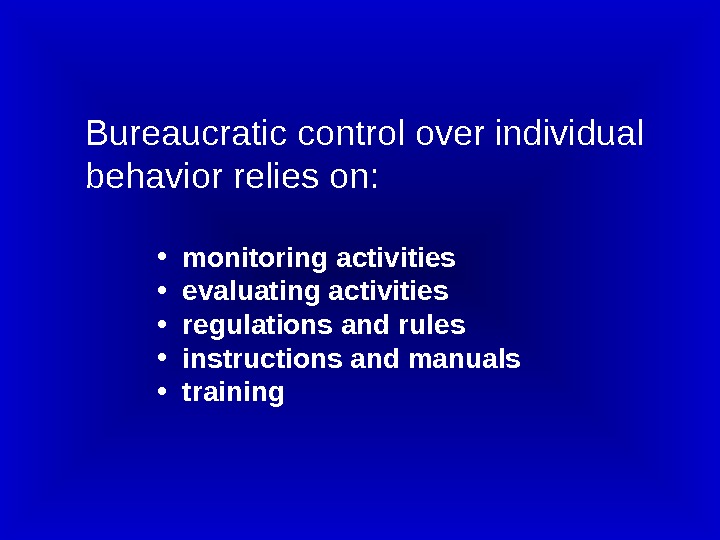
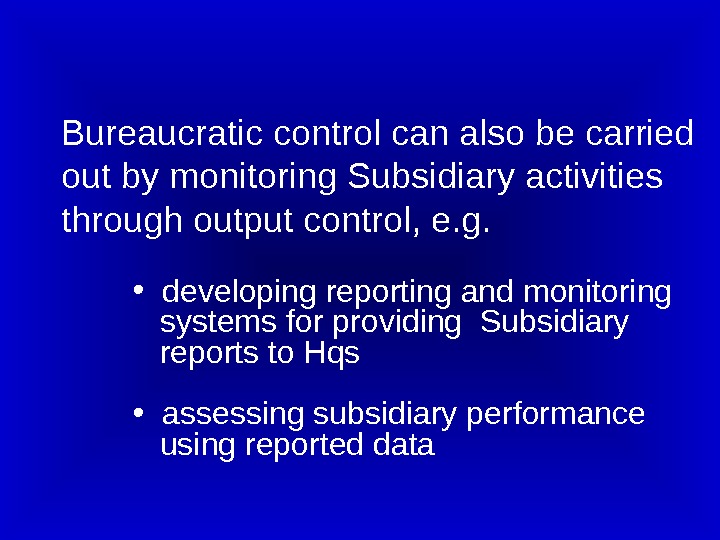
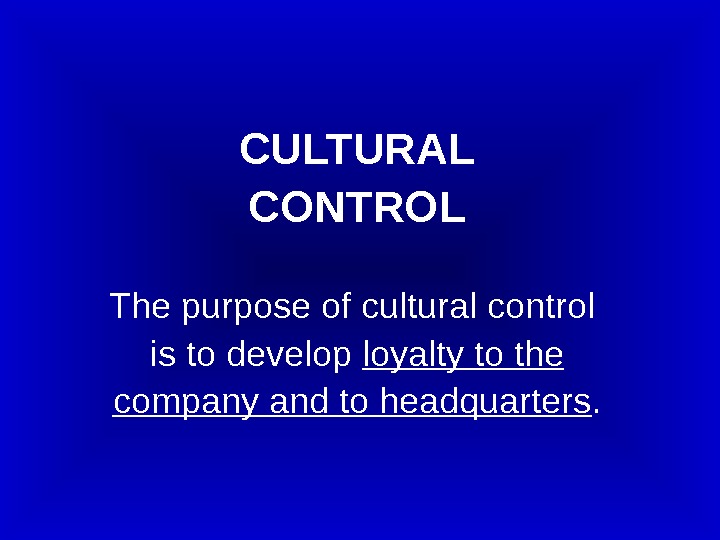
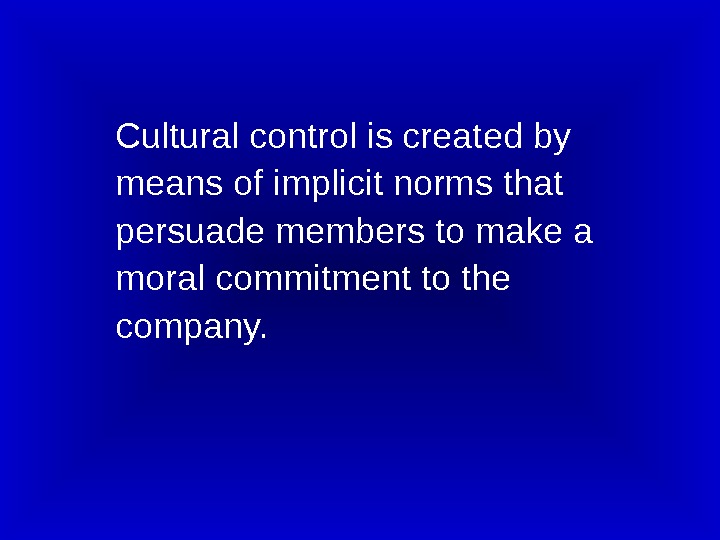
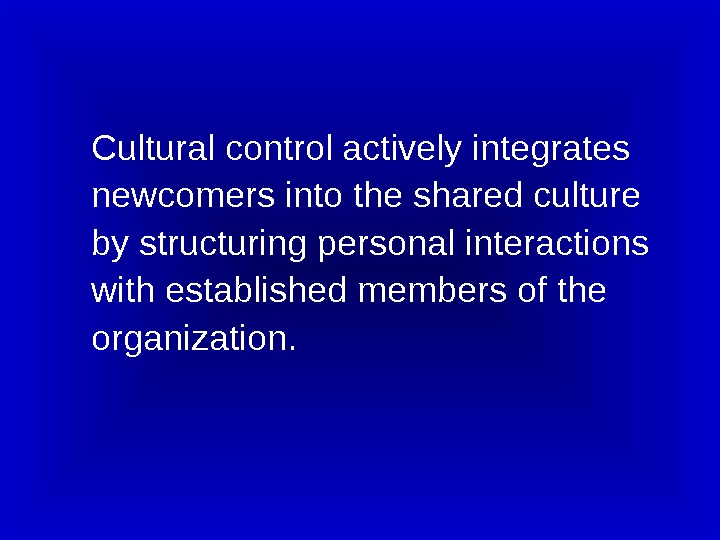
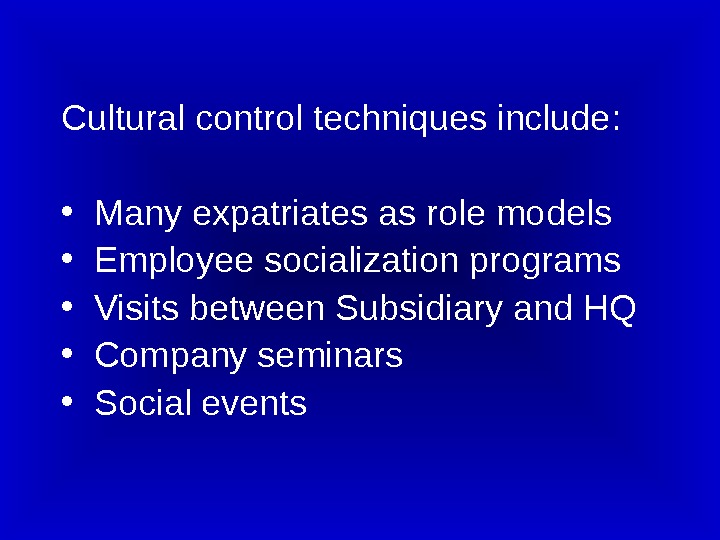
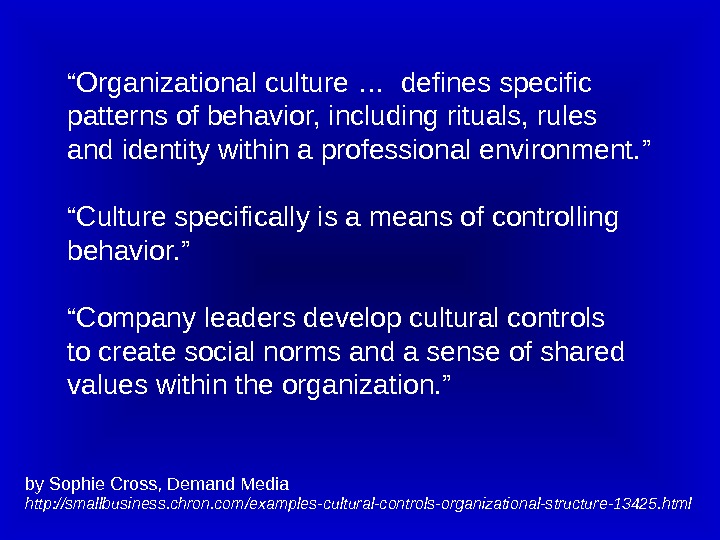

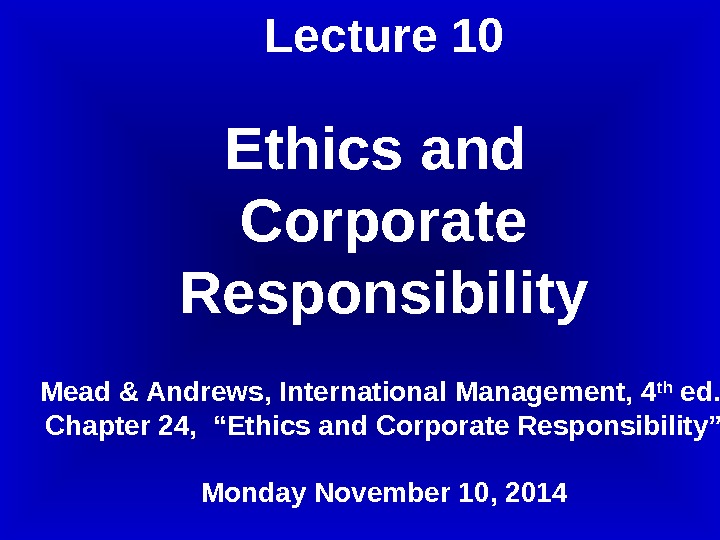
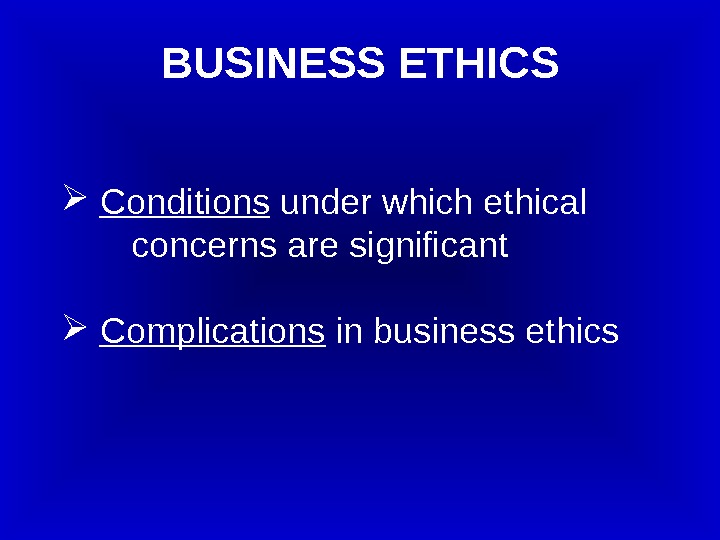
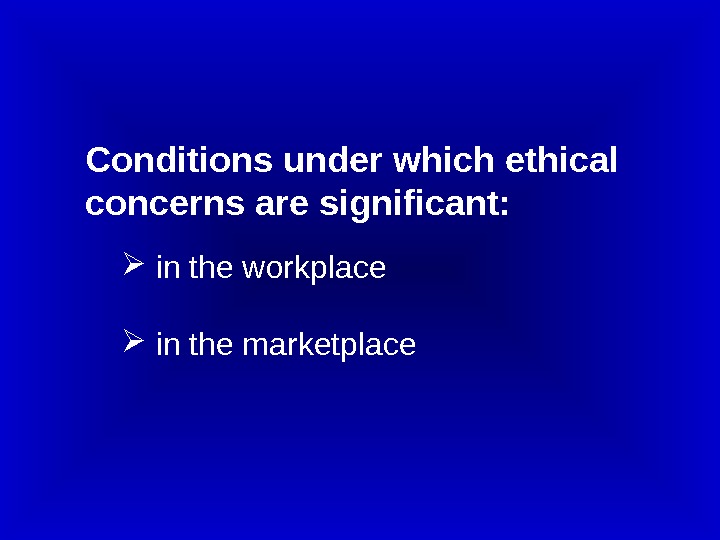
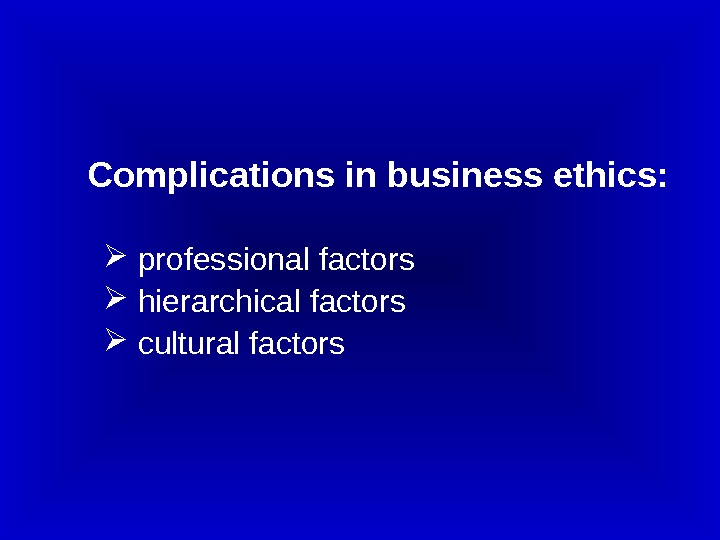
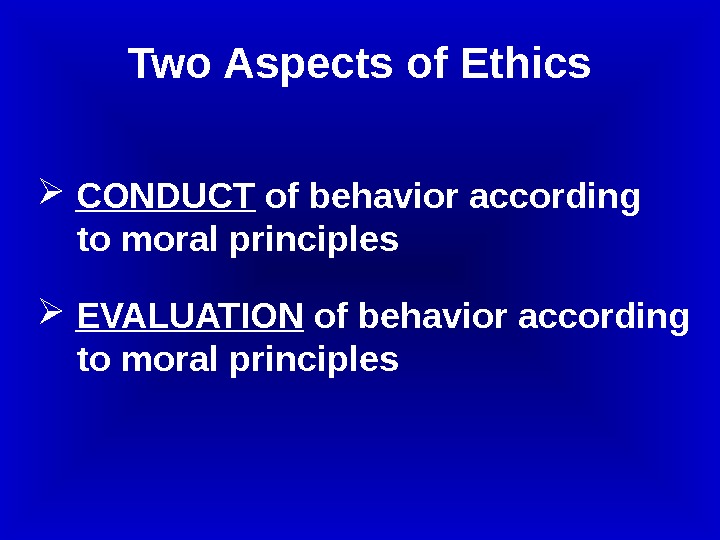
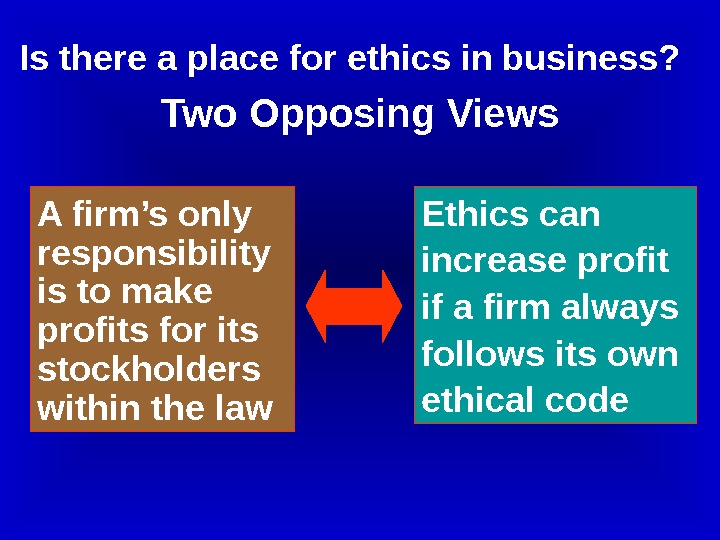
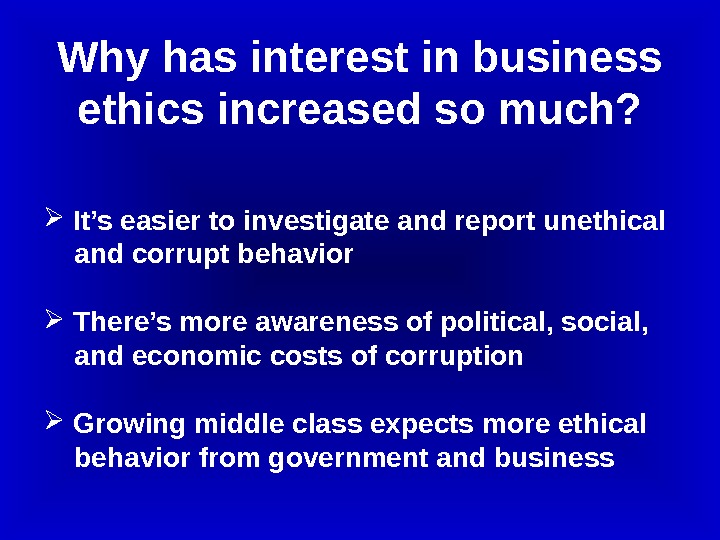
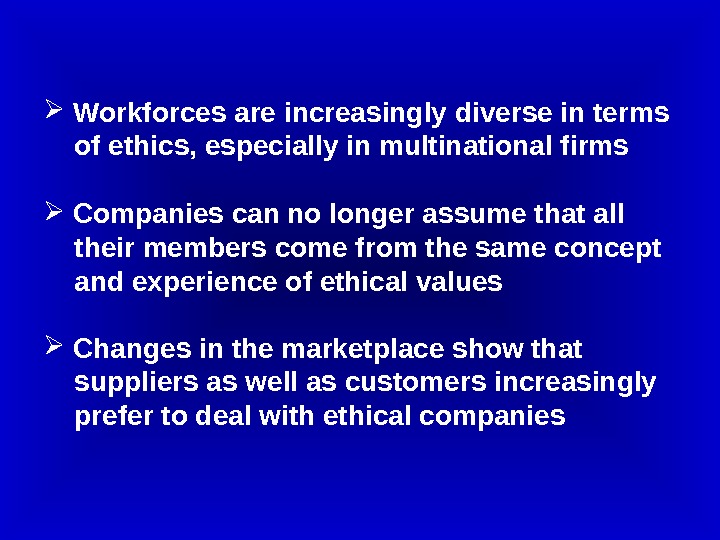
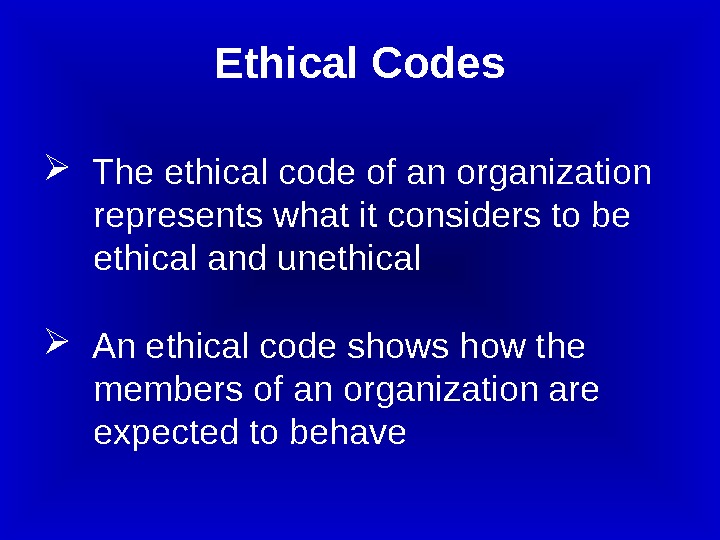
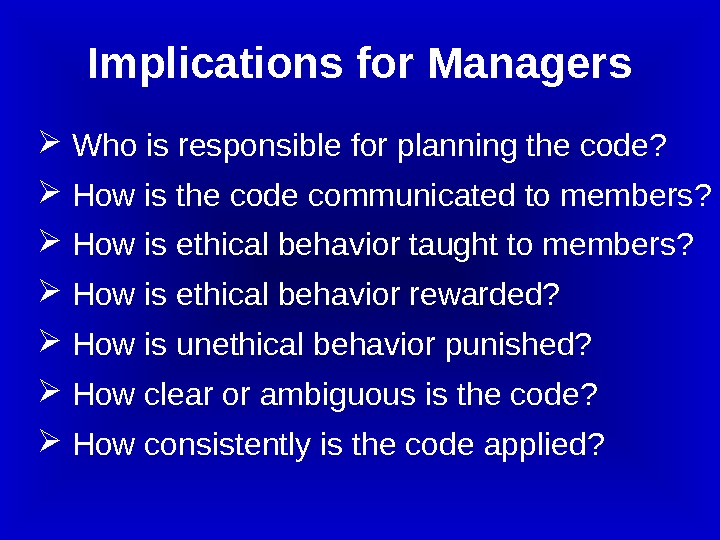

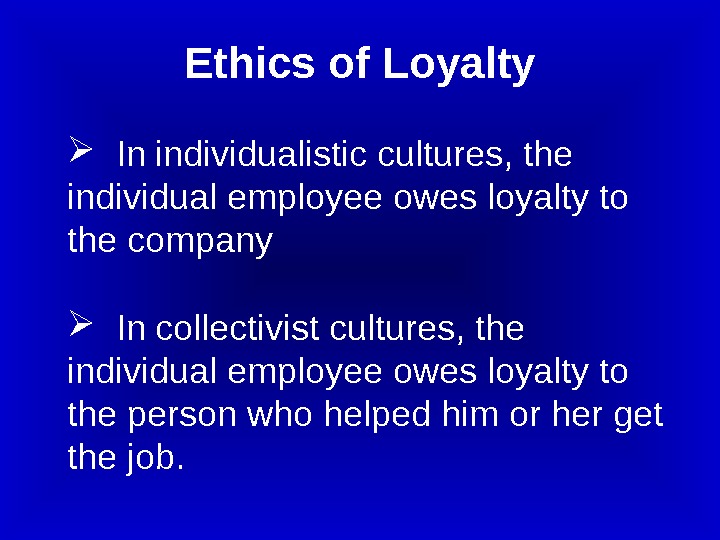
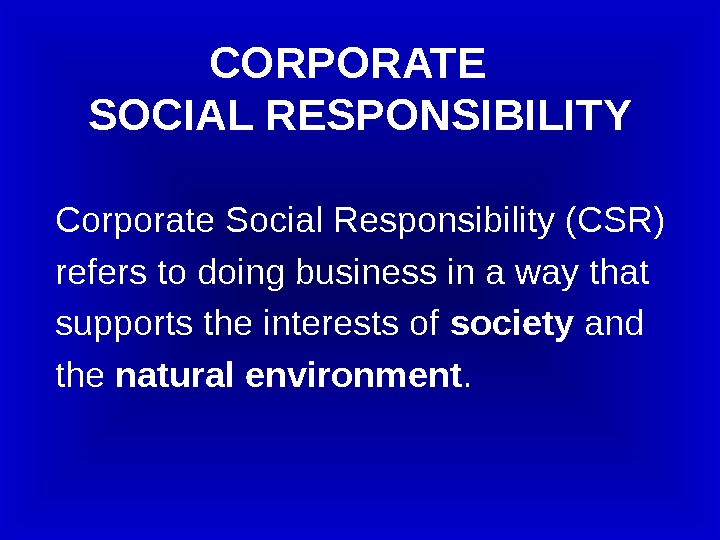

international_management_midterm_2.ppt
- Размер: 2 Mегабайта
- Количество слайдов: 76
Описание презентации MGT 3209 INTERNATIONAL MANAGEMENT Fall 2014 Lecture по слайдам
 MGT 3209 INTERNATIONAL MANAGEMENT Fall
MGT 3209 INTERNATIONAL MANAGEMENT Fall
 Lecture 6 Globalization and Localization Monday, October 13,
Lecture 6 Globalization and Localization Monday, October 13,
 FORCES FOR GLOBAL INTEGRATION • Economies of Scale • Economies of Scope • Factor Costs • Free Trade • Global Competitors
FORCES FOR GLOBAL INTEGRATION • Economies of Scale • Economies of Scope • Factor Costs • Free Trade • Global Competitors
 Economies of Scale When economies of scale are so large that the most efficient volume of production is greater than the total demand for a product, sales can sometimes be increased by expanding into foreign markets.
Economies of Scale When economies of scale are so large that the most efficient volume of production is greater than the total demand for a product, sales can sometimes be increased by expanding into foreign markets.
 Economies of Scale economies (economies of scale) are cost savings that result from lowering the cost of making one unit of product, by varying the total quantity produced. Production efficiency is highest at the minimum efficient scale/ volume of production. This is where average unit costs fall to their lowest point.
Economies of Scale economies (economies of scale) are cost savings that result from lowering the cost of making one unit of product, by varying the total quantity produced. Production efficiency is highest at the minimum efficient scale/ volume of production. This is where average unit costs fall to their lowest point.
 OUTPUT QUANTITY Ave. Costs per Unit P R O D U C T IO N C O S T S Lowest Unit Cost
OUTPUT QUANTITY Ave. Costs per Unit P R O D U C T IO N C O S T S Lowest Unit Cost
 OUTPUT QUANTITYAve. Costs per Unit P R O D U C T IO N C O S T S “ As production output increases, the average unit cost falls – until total output is too much for the facility to produce efficiently. ” Economist Lowest Unit Cost “ Production is most efficient when the average unit cost is at its lowest point.
OUTPUT QUANTITYAve. Costs per Unit P R O D U C T IO N C O S T S “ As production output increases, the average unit cost falls – until total output is too much for the facility to produce efficiently. ” Economist Lowest Unit Cost “ Production is most efficient when the average unit cost is at its lowest point.
 OUTPUT QUANTITY P R O D U C T IO N C O S T S If production continues to increase beyond that point, the cost per unit goes up again. Lowest Unit Cost. Ave. Costs per Unit The optimal output level represents the lowest unit costs. This is the minimum efficient scale i. e. the smallest quantity that can be produced efficiently)
OUTPUT QUANTITY P R O D U C T IO N C O S T S If production continues to increase beyond that point, the cost per unit goes up again. Lowest Unit Cost. Ave. Costs per Unit The optimal output level represents the lowest unit costs. This is the minimum efficient scale i. e. the smallest quantity that can be produced efficiently)
 OUTPUT QUANTITY P R O D U C T IO N C O S T S Lowest Unit Cost savings obtained by maximizing efficiency are called economies of scale. economi es of scale (amount saved by producing at the most efficient level of output)
OUTPUT QUANTITY P R O D U C T IO N C O S T S Lowest Unit Cost savings obtained by maximizing efficiency are called economies of scale. economi es of scale (amount saved by producing at the most efficient level of output)
 Conditions that Favor Concentrating Production in Fewer Locations • High fixed costs relative to total costs • High minimum efficient scale of production • Flexible manufacturing is not available
Conditions that Favor Concentrating Production in Fewer Locations • High fixed costs relative to total costs • High minimum efficient scale of production • Flexible manufacturing is not available
 Industries with LARGE Economies of Scale STEEL AUTOMOBILES
Industries with LARGE Economies of Scale STEEL AUTOMOBILES
 Conditions that Favor Spreading Production Across More Locations • Low fixed costs relative to total costs • Low minimum efficient scale of production • Flexible manufacturing is available
Conditions that Favor Spreading Production Across More Locations • Low fixed costs relative to total costs • Low minimum efficient scale of production • Flexible manufacturing is available
 Economies of Scope Improved global communication and transportation create opportunities for companies to capitalize on their strengths by increasing the scope or range of their operations.
Economies of Scope Improved global communication and transportation create opportunities for companies to capitalize on their strengths by increasing the scope or range of their operations.
 Economies of Scope • Geographic Scope • Product Market Scope • Vertical Integration Scope
Economies of Scope • Geographic Scope • Product Market Scope • Vertical Integration Scope
 Definition: ECONOMIES OF SCOPE These are the cost savings that result from combining various activities in one firm, instead of in several different organizations.
Definition: ECONOMIES OF SCOPE These are the cost savings that result from combining various activities in one firm, instead of in several different organizations.
 Factor Costs Gaining access to low-cost resources (land, labor, raw materials, capital) is another important reason to enter foreign markets.
Factor Costs Gaining access to low-cost resources (land, labor, raw materials, capital) is another important reason to enter foreign markets.
 ““ many companies found that, once educated, the cheap labor rapidly became expensive… the typical life cycle of a country as a source of cheap labor for an industry is now only about five years. ”
““ many companies found that, once educated, the cheap labor rapidly became expensive… the typical life cycle of a country as a source of cheap labor for an industry is now only about five years. ”
 Free Trade Agreements • GATT • NAFTA • EUEU • WTOa
Free Trade Agreements • GATT • NAFTA • EUEU • WTOa
 Forces for global integration reinforce each other Technological innovation Economic rationalization Product standardization Converging consumer preferences
Forces for global integration reinforce each other Technological innovation Economic rationalization Product standardization Converging consumer preferences
 FORCES FOR LOCALIZATION Cultural Differences Government Demands Company Preferences
FORCES FOR LOCALIZATION Cultural Differences Government Demands Company Preferences
 Conflicting cultural characteristcs and conflicting expectations and priorities between home country and host country governments force companies to become more sensitive to foreign environments.
Conflicting cultural characteristcs and conflicting expectations and priorities between home country and host country governments force companies to become more sensitive to foreign environments.
 Cultural Differences Work values (Hofstede) Consumption patterns
Cultural Differences Work values (Hofstede) Consumption patterns
 Country Preferences Host countries often see the MNE as a source of capital, technology, & skills to support national priorities. These include regional development, employment, import substitution, and exporting.
Country Preferences Host countries often see the MNE as a source of capital, technology, & skills to support national priorities. These include regional development, employment, import substitution, and exporting.
 Company Preferences access to resources & markets in other countries opportunity to integrate its marketing & operations across national borders the right to coordinate & control its activities across national borders
Company Preferences access to resources & markets in other countries opportunity to integrate its marketing & operations across national borders the right to coordinate & control its activities across national borders
 MGT 3209 INTERNATIONAL MANAGEMENT Fall
MGT 3209 INTERNATIONAL MANAGEMENT Fall
 Lecture 7 International Joint Ventures (IJVs) Monday, October 20,
Lecture 7 International Joint Ventures (IJVs) Monday, October 20,
 This chapter deals with three topics: Reasons for investing in IJVs Partner selection Practical issues in making IJVs work
This chapter deals with three topics: Reasons for investing in IJVs Partner selection Practical issues in making IJVs work
 Shared Interests of the Partners Increase market power by combining resources Share costs of investment and production Gain economies of scale Cooperate to avoid expensive competing
Shared Interests of the Partners Increase market power by combining resources Share costs of investment and production Gain economies of scale Cooperate to avoid expensive competing
 Contributions of the Foreign Partner International know-how Access to international connections International reputation International product markets International labor markets International finance International technologies Other international resources International distribution
Contributions of the Foreign Partner International know-how Access to international connections International reputation International product markets International labor markets International finance International technologies Other international resources International distribution
 Contributions of the Local Partner Access to local connection Government contacts Local reputation Government regulations Local culture Local product services Local labor markets Other local resources Local distribution
Contributions of the Local Partner Access to local connection Government contacts Local reputation Government regulations Local culture Local product services Local labor markets Other local resources Local distribution
 Trust and Mistrust Contractual details Priorities in planning Implementation strategy Management style, structure, systems Communication systems within the IJV with parents, between parents, with environment Criteria for evaluating IJV development and performance Other
Trust and Mistrust Contractual details Priorities in planning Implementation strategy Management style, structure, systems Communication systems within the IJV with parents, between parents, with environment Criteria for evaluating IJV development and performance Other
 • Cultural mindset
• Cultural mindset


 Big. Move is a joint venture of well known heavy haulage companies that joined forces to offer a total package for every customer. Partners in the Big. Move JV are: Bloedorn, Geser, Giebel, Gutmann, Hämmerle, Hegmann Transit, Pallmann, Schmallenbach, Seeland, Wagner and Wallek.
Big. Move is a joint venture of well known heavy haulage companies that joined forces to offer a total package for every customer. Partners in the Big. Move JV are: Bloedorn, Geser, Giebel, Gutmann, Hämmerle, Hegmann Transit, Pallmann, Schmallenbach, Seeland, Wagner and Wallek.
 The Big. Move Group is a Joint Venture alliance of eleven medium-sized special transport companies that was founded in 2004. The Big. Move network is represent ed with branch offices in Switzerland, Austria, France and Germany.
The Big. Move Group is a Joint Venture alliance of eleven medium-sized special transport companies that was founded in 2004. The Big. Move network is represent ed with branch offices in Switzerland, Austria, France and Germany.
 BLOEDORN SHIPPING COMPANY Member of the Big. Move Group Handles Shipping to Kazakhstan
BLOEDORN SHIPPING COMPANY Member of the Big. Move Group Handles Shipping to Kazakhstan
 The Snow Leopards Bloedorn Trans-Asia is the specialist for transport and shipping in Kazakhstan, Kyrgyzstan and Uzbekistan. Take advantage of our experienced multi-lingual staff who have expert regional knowledge of Central Asia. W e guarantee a high standard of professionalism in meeting your particular shipping needs. www. bloedorn-trans. asia. de
The Snow Leopards Bloedorn Trans-Asia is the specialist for transport and shipping in Kazakhstan, Kyrgyzstan and Uzbekistan. Take advantage of our experienced multi-lingual staff who have expert regional knowledge of Central Asia. W e guarantee a high standard of professionalism in meeting your particular shipping needs. www. bloedorn-trans. asia. de
 MGT 3209 INTERNATIONAL MANAGEMENT Fall
MGT 3209 INTERNATIONAL MANAGEMENT Fall
 Lecture 8 Headquarters & Subsidiaries Mead & Andrews, International Management, 4 th ed. , Chapter 18, “Risk and Control: Headquarters and Subsidiary”
Lecture 8 Headquarters & Subsidiaries Mead & Andrews, International Management, 4 th ed. , Chapter 18, “Risk and Control: Headquarters and Subsidiary”
 CENTRALIZATION AT COCA-COLA “ Coca-Cola is still a highly centralized company… All important strategic decisions are [made at] headquarters in the [U. S. ]. Regional and national subsidiaries are managed by staff appointed by headquarters they adjust headquarters strategy to their particular circumstances only when absolutely necessary. ” Source: Mead & Andrews (2009) p.
CENTRALIZATION AT COCA-COLA “ Coca-Cola is still a highly centralized company… All important strategic decisions are [made at] headquarters in the [U. S. ]. Regional and national subsidiaries are managed by staff appointed by headquarters they adjust headquarters strategy to their particular circumstances only when absolutely necessary. ” Source: Mead & Andrews (2009) p.
 Cont. “ There is a good reason for this degree of centralization. The company is selling a global product , a unique soft drink and the universal cultural values associated with that drink. It cannot risk confusing the market by local managers developing products that appeal only to local tastes. ” Source: Mead & Andrews (2009) p.
Cont. “ There is a good reason for this degree of centralization. The company is selling a global product , a unique soft drink and the universal cultural values associated with that drink. It cannot risk confusing the market by local managers developing products that appeal only to local tastes. ” Source: Mead & Andrews (2009) p.
 Key Considerations in Relationships Between HQs & Subsidiaries RISK Factors that increase management risk for the firm CONTROL Measures to protect the firm against management risk
Key Considerations in Relationships Between HQs & Subsidiaries RISK Factors that increase management risk for the firm CONTROL Measures to protect the firm against management risk
 TYPES OF RISK Competitive Risk Economic Risk Political Risk Technology Risk Cultural Risk
TYPES OF RISK Competitive Risk Economic Risk Political Risk Technology Risk Cultural Risk
 TYPES OF CONTROL Managerial Control Technology Control Budget Control
TYPES OF CONTROL Managerial Control Technology Control Budget Control
 Coca-Cola Ichimligi Uzbekiston
Coca-Cola Ichimligi Uzbekiston
 MGT 3209 INTERNATIONAL MANAGEMENT Fall
MGT 3209 INTERNATIONAL MANAGEMENT Fall
 Lecture 9 Staffing for Control Mead & Andrews, International Management, 4 th ed. , Chapter 20, “Controlling by Staffing” Monday, November 3,
Lecture 9 Staffing for Control Mead & Andrews, International Management, 4 th ed. , Chapter 20, “Controlling by Staffing” Monday, November 3,
 Staff from different labor pools typically have different interests, reflecting their ties to particular organizations and cultures. Professional, hierarchical, and cultural factors complicate the situation further. LABOR POOLS
Staff from different labor pools typically have different interests, reflecting their ties to particular organizations and cultures. Professional, hierarchical, and cultural factors complicate the situation further. LABOR POOLS
 When staff from different labor pools hold conflicting organizational loyalties and cultural ties, the overall level of misunderstanding and conflict in the organization rises.
When staff from different labor pools hold conflicting organizational loyalties and cultural ties, the overall level of misunderstanding and conflict in the organization rises.
 Groups from labor pools with very different organizational loyalties may cause contradictions in : • Relations among groups • Relations with management • Interpretation of goals • Expectations about outcomes • Perceptions of management • Work norms • Organizational culture
Groups from labor pools with very different organizational loyalties may cause contradictions in : • Relations among groups • Relations with management • Interpretation of goals • Expectations about outcomes • Perceptions of management • Work norms • Organizational culture
 There is generally less risk of misunderstanding when all staff in the IJV or subsidiary are from the same labor pool.
There is generally less risk of misunderstanding when all staff in the IJV or subsidiary are from the same labor pool.
 BUREAUCRATIC CONTROL The purpose of bureaucratic control is to develop impersonal bureaucratic efficiency.
BUREAUCRATIC CONTROL The purpose of bureaucratic control is to develop impersonal bureaucratic efficiency.
 HQ can strengthen bureaucratic control over the Subsidiary by enforcing impersonal rules for activities such as: • Selection • Recruitment • Training • Rewards • Individual behavior • Individual productivity
HQ can strengthen bureaucratic control over the Subsidiary by enforcing impersonal rules for activities such as: • Selection • Recruitment • Training • Rewards • Individual behavior • Individual productivity
 Bureaucratic control over individual behavior relies on: • monitoring activities • evaluating activities • regulations and rules • instructions and manuals • training
Bureaucratic control over individual behavior relies on: • monitoring activities • evaluating activities • regulations and rules • instructions and manuals • training
 Bureaucratic control can also be carried out by monitoring Subsidiary activities through output control, e. g. • developing reporting and monitoring systems for providing Subsidiary reports to Hqs • assessing subsidiary performance using reported data
Bureaucratic control can also be carried out by monitoring Subsidiary activities through output control, e. g. • developing reporting and monitoring systems for providing Subsidiary reports to Hqs • assessing subsidiary performance using reported data
 CULTURAL CONTROL The purpose of cultural control is to develop loyalty to the company and to headquarters.
CULTURAL CONTROL The purpose of cultural control is to develop loyalty to the company and to headquarters.
 Cultural control is created by means of implicit norms that persuade members to make a moral commitment to the company.
Cultural control is created by means of implicit norms that persuade members to make a moral commitment to the company.
 Cultural control actively integrates newcomers into the shared culture by structuring personal interactions with established members of the organization.
Cultural control actively integrates newcomers into the shared culture by structuring personal interactions with established members of the organization.
 Cultural control techniques include: • Many expatriates as role models • Employee socialization programs • Visits between Subsidiary and HQ • Company seminars • Social events
Cultural control techniques include: • Many expatriates as role models • Employee socialization programs • Visits between Subsidiary and HQ • Company seminars • Social events
 by Sophie Cross, Demand Media http: //smallbusiness. chron. com/examples-cultural-controls-organizational-structure-13425. html “ Organizational culture … defines specific patterns of behavior, including rituals, rules and identity within a professional environment. ” “ Culture specifically is a means of controlling behavior. ” “ Company leaders develop cultural controls to create social norms and a sense of shared values within the organization. ”
by Sophie Cross, Demand Media http: //smallbusiness. chron. com/examples-cultural-controls-organizational-structure-13425. html “ Organizational culture … defines specific patterns of behavior, including rituals, rules and identity within a professional environment. ” “ Culture specifically is a means of controlling behavior. ” “ Company leaders develop cultural controls to create social norms and a sense of shared values within the organization. ”
 MGT 3209 INTERNATIONAL MANAGEMENT Fall
MGT 3209 INTERNATIONAL MANAGEMENT Fall
 Lecture 10 Ethics and Corporate Responsibility Mead & Andrews, International Management, 4 th ed. , Chapter 24, “Ethics and Corporate Responsibility” Monday November 10,
Lecture 10 Ethics and Corporate Responsibility Mead & Andrews, International Management, 4 th ed. , Chapter 24, “Ethics and Corporate Responsibility” Monday November 10,
 Conditions under which ethical concerns are significant Complications in business ethics. BUSINESS ETHICS
Conditions under which ethical concerns are significant Complications in business ethics. BUSINESS ETHICS
 Conditions under which ethical concerns are significant: in the workplace in the marketplace
Conditions under which ethical concerns are significant: in the workplace in the marketplace
 Complications in business ethics: professional factors hierarchical factors cultural factors
Complications in business ethics: professional factors hierarchical factors cultural factors
 CONDUCT of behavior according to moral principles EVALUATION of behavior according to moral principles Two Aspects of Ethics
CONDUCT of behavior according to moral principles EVALUATION of behavior according to moral principles Two Aspects of Ethics
 A firm’s only responsibility is to make profits for its stockholders within the law. Is there a place for ethics in business? Two Opposing Views Ethics can increase profit if a firm always follows its own ethical code
A firm’s only responsibility is to make profits for its stockholders within the law. Is there a place for ethics in business? Two Opposing Views Ethics can increase profit if a firm always follows its own ethical code
 It’s easier to investigate and report unethical and corrupt behavior There’s more awareness of political, social, and economic costs of corruption Growing middle class expects more ethical behavior from government and business. Why has interest in business ethics increased so much?
It’s easier to investigate and report unethical and corrupt behavior There’s more awareness of political, social, and economic costs of corruption Growing middle class expects more ethical behavior from government and business. Why has interest in business ethics increased so much?
 Workforces are increasingly diverse in terms of ethics, especially in multinational firms Companies can no longer assume that all their members come from the same concept and experience of ethical values Changes in the marketplace show that suppliers as well as customers increasingly prefer to deal with ethical companies
Workforces are increasingly diverse in terms of ethics, especially in multinational firms Companies can no longer assume that all their members come from the same concept and experience of ethical values Changes in the marketplace show that suppliers as well as customers increasingly prefer to deal with ethical companies
 The ethical code of an organization represents what it considers to be ethical and unethical An ethical code shows how the members of an organization are expected to behave Ethical Codes
The ethical code of an organization represents what it considers to be ethical and unethical An ethical code shows how the members of an organization are expected to behave Ethical Codes
 Who is responsible for planning the code? How is the code communicated to members? How is ethical behavior taught to members? How is ethical behavior rewarded? How is unethical behavior punished? How clear or ambiguous is the code? How consistently is the code applied? Implications for Managers
Who is responsible for planning the code? How is the code communicated to members? How is ethical behavior taught to members? How is ethical behavior rewarded? How is unethical behavior punished? How clear or ambiguous is the code? How consistently is the code applied? Implications for Managers
 It is especially difficult to deal with ethics in another culture when we: can’t identify the ethical code don’t know how it is implemented don’t anticipate how it is enforced are unaware that it’s different. Understanding Ethics Across Cultures
It is especially difficult to deal with ethics in another culture when we: can’t identify the ethical code don’t know how it is implemented don’t anticipate how it is enforced are unaware that it’s different. Understanding Ethics Across Cultures
 In individualistic cultures, the individual employee owes loyalty to the company In collectivist cultures, the individual employee owes loyalty to the person who helped him or her get the job. Ethics of Loyalty
In individualistic cultures, the individual employee owes loyalty to the company In collectivist cultures, the individual employee owes loyalty to the person who helped him or her get the job. Ethics of Loyalty
 Corporate Social Responsibility (CSR) refers to doing business in a way that supports the interests of society and the natural environment. CORPORATE SOCIAL RESPONSIBILITY
Corporate Social Responsibility (CSR) refers to doing business in a way that supports the interests of society and the natural environment. CORPORATE SOCIAL RESPONSIBILITY
 Today, CSR includes safeguarding the welfare of future generations with regard to global warming, clean water, clean air, garbage disposal, and endangered species, etc.
Today, CSR includes safeguarding the welfare of future generations with regard to global warming, clean water, clean air, garbage disposal, and endangered species, etc.

